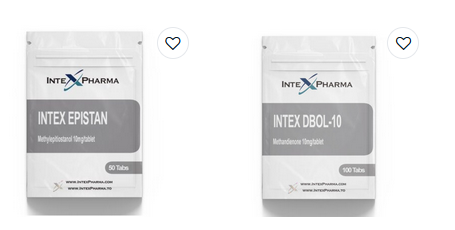In the dynamic realm of healthcare, regenerative medicine stands as a beacon of innovation and promise. At the cutting edge of medical technology, this field is dedicated to revolutionizing how we approach healing and restoration. Dr Michael Poss Warrenton Virginia underscores the transformative potential of regenerative medicine, highlighting its capacity to not only mask symptoms but to fundamentally heal and replace damaged cells – a concept that holds particular significance in the field of dermatology.
Unveiling Regenerative Medicine’s Impact on Skin Health
Within the domain of dermatology, regenerative medicine emerges as a potent force with the capability to restore, invigorate, and breathe new life into the skin. The implications are profound, offering individuals the prospect of naturally vibrant, resilient, and youthful skin. Here’s a glimpse into how regenerative medicine is poised to enhance the health and appearance of the skin:
Rejuvenation of Damaged Skin: Employing unique cellular regeneration techniques, regenerative medicine orchestrates the repair and proliferation of skin cells. This approach proves transformative for skin that has borne the brunt of sun exposure, aging, acne, and other challenges. By stimulating the rejuvenation of skin cells, regenerative medicine rekindles the skin’s natural radiance.
Empowering Anti-Aging Effects: Aging skin often bears the visible marks of diminished collagen and elastin levels. Regenerative medicine takes a proactive stance by triggering the body’s natural production of these essential proteins. This proactive approach results in firmer, more supple skin that defies the march of time.
Reduction of Scarring and Inflammation: Regenerative medicine’s prowess extends to addressing scars and inflammation. Through the renewal and revitalization of skin cells, regenerative treatments can visibly minimize the appearance of scars and soothe inflamed areas. This capability often surpasses the outcomes of conventional treatments.
Unpacking the Mechanisms of Regenerative Medicine
At the heart of regenerative medicine lie a series of innovative and intricate medical techniques, each with the potential to revolutionize skin health:
Stem Cell Therapy: This approach harnesses the power of multipotent cells – cells capable of dividing and differentiating into various cell types that constitute the skin. By promoting the growth of healthier, more youthful skin, stem cell therapy emerges as a transformative strategy in skin rejuvenation.
Platelet-Rich Plasma (PRP) Therapy: Capitalizing on the body’s innate healing abilities, PRP therapy taps into the patient’s blood, isolating platelets that are abundant in growth factors. Upon re-injection into the skin, these platelets initiate a natural healing process, fostering tissue renewal and regeneration.
Tissue Engineering: Tissue engineering is a sophisticated process that involves the fusion of cells, growth factors, and biomaterials. These meticulously crafted constructs mimic human tissue, serving as potent tools to rejuvenate and replace damaged areas, epitomizing the future of regenerative medicine’s potential.
In essence, regenerative medicine represents a paradigm shift in how we perceive healing and restoration. Rather than addressing symptoms in isolation, it targets the very essence of damage and deterioration, offering a holistic approach to skin health. As the regenerative medicine landscape continues to evolve Dr. Michael Poss, its impact on dermatology and beyond is poised to rewrite the narrative of rejuvenation, revealing a world where vibrant, resilient skin is not merely a dream but a tangible reality.



